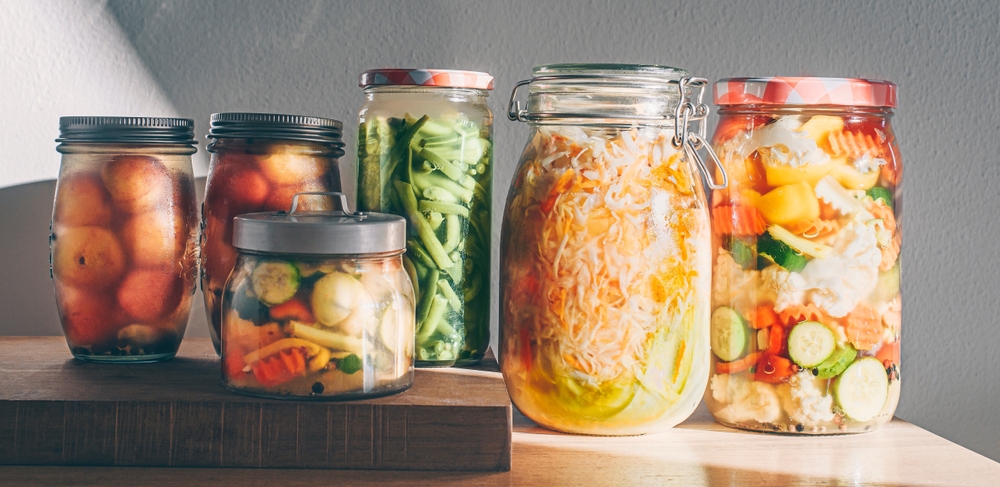Seasonal ingredient pairings for global kitchens
Seasonal ingredient pairings for global kitchens highlights how local produce and international techniques can refresh home cooking. Combining fresh, in-season fruits and vegetables with spices, fermentations, or infusions enhances flavor and nutrition while supporting sustainability and practical meal planning for everyday home cooking.

Seasonal ingredient pairings for global kitchens
Pairing seasonal ingredients in global kitchens goes beyond simple taste matches; it’s a practical strategy for smarter home cooking. By combining market-fresh produce with thoughtfully chosen spices, quick fermentations, or simple infusions, you can broaden flavor profiles, preserve nutrients, and reduce food waste. This approach supports sustainability and makes meal planning more efficient, enabling mindful dining that respects both local harvests and diverse culinary traditions.
recipes for seasonal pairings
Design recipes that allow a seasonal ingredient to lead, then borrow techniques from various cuisines to develop contrast and depth. For example, early-spring asparagus can be blanched for a Mediterranean salad with lemon and basil, or charred and finished with sesame oil and toasted sesame for an East Asian twist. Keep recipe templates simple—roast, braise, quick-pickle, or grill—so you can rotate seasonal items through familiar cooking techniques while experimenting with spices and infusions to change character without adding complexity.
how sustainability shapes choices
Sustainability in the kitchen begins with buying seasonal and local when possible, which typically reduces food miles and packaging. Plan meals to use whole vegetables—stems, leaves, and roots—turning parts that might become leftovers into stocks, pestos, or quick ferments. Mindful shopping paired with a flexible pantry helps prevent overbuying. When preserving excess, choose methods that match your climate and resources—solar drying, fermenting, or simple refrigeration—to extend shelf life without excessive energy use.
fermentation and flavor development
Fermentation is a versatile preservation method that enhances flavor complexity and can improve shelf life and nutritional availability. Quick ferments—lacto-fermented pickles, kimchi-style mixes, or fermented relishes—turn surplus produce into bright condiments that enliven multiple meals. A small jar of fermented sauce or miso paste adds umami to soups, dressings, and marinades, stretching ingredients further. Incorporating regular ferment projects into your meal planning creates a reliable flavor base that pairs naturally with seasonal vegetables and global cuisine techniques.
spices and global flavor bridges
Spices act as bridges between seasonal produce and diverse culinary traditions. Use bright herbs and citrus zest with delicate spring greens, while warming spices like smoked paprika, cinnamon, or cloves can complement autumn squashes. Try blending spice profiles: a North African ras el hanout on roasted root vegetables, a Southeast Asian turmeric and lime dressing for steamed greens, or a simple chili-lime salt for grilled stone fruits. Strategic spice use lets you reinterpret a single ingredient across multiple recipes and keeps weekly menus varied.
meal planning, pantry, and leftovers
Effective meal planning centers on a limiting ingredient and a set of pantry staples that amplify seasonal produce: grains, legumes, vinegars, preserved spices, and infused oils or vinegars. Plan three linked meals—raw preparation, cooked main, and a preserved condiment—so leftovers flow into the next day’s dish. Use the pantry to convert extra produce into shelf-stable items, such as herb-infused oil, fruit vinegar, or a spiced syrup. These small preparations make it easier to use leftovers creatively in bowls, stews, or wraps while minimizing waste.
home cooking techniques and nutrition
Applying appropriate cooking techniques can unlock textures and preserve nutrients in seasonal ingredients. Quick steaming or blanching retains vitamins in tender greens; slow braising concentrates flavor in tougher roots; and light charring intensifies sugars in summer vegetables. Infusions—such as herb-infused vinegar or citrus oil—add aromatic layers without extra salt or fat, supporting both flavor and nutrition. This article is for informational purposes only and should not be considered medical advice. Please consult a qualified healthcare professional for personalized guidance and treatment.
Seasonal ingredient pairings invite experimentation: match a local fruit with a spice blend from another region, or turn surplus vegetables into fermented condiments that lift ordinary meals. With intentional meal planning, a stocked pantry of versatile staples, and a handful of preservation techniques, global kitchens can celebrate seasonality, enhance flavor and nutrition, and reduce waste while practicing mindful dining.





